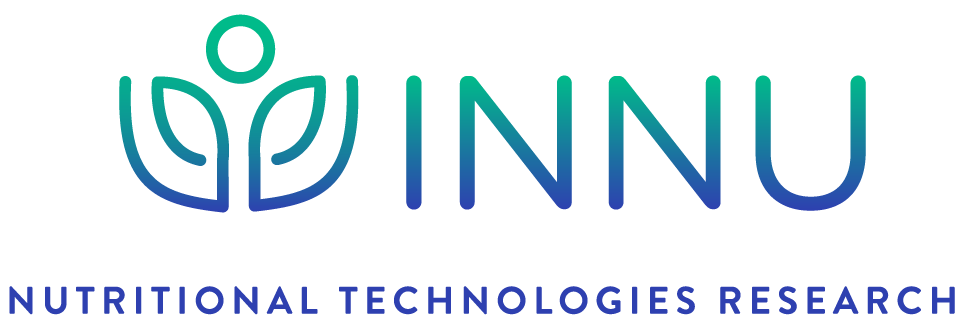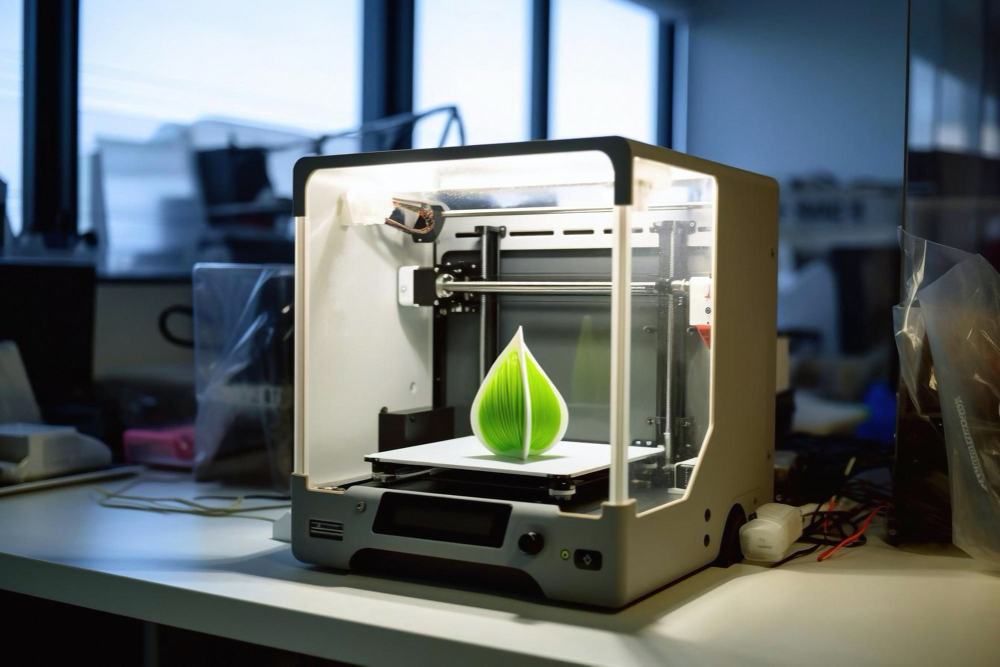The recent advancements in 3D Food Printing (3DFP) have opened a new frontier in the culinary world and health sectors. This technology, rooted in additive manufacturing concepts, creates custom-designed food products using edible materials such as chocolate, cheese, and starch-based ingredients. Moreover, the increasing exploration into meat, fruit, vegetable, insect, and seaweed-based alternatives is broadening the application horizon of 3DFP.
The Journey of 3D Food Printing (3DFP) Through Additive Manufacturing
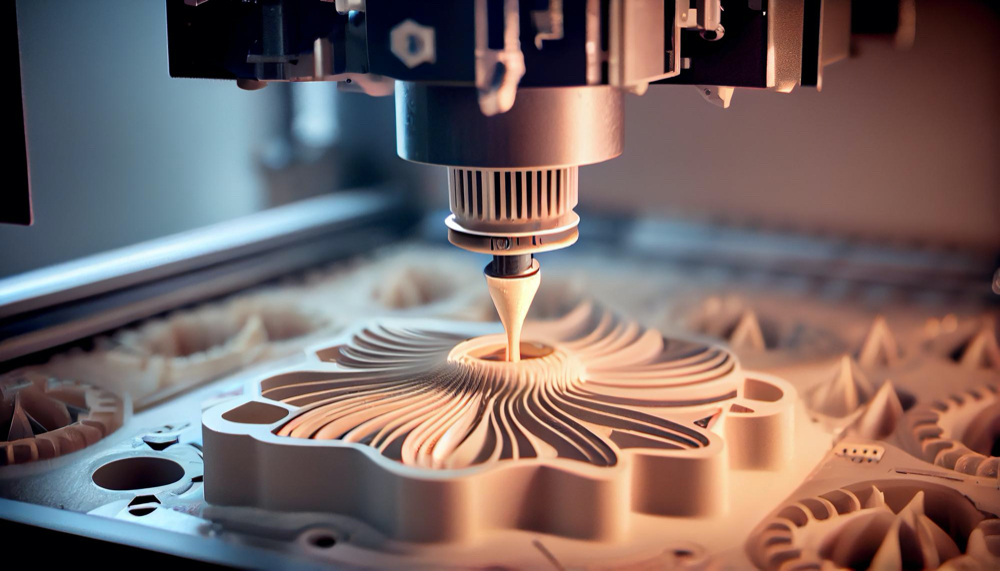
The concept of 3D Food Printing (3DFP) is not entirely new. Its origins can be traced back to the early developments of three-dimensional printing technology in 1986. However, the first food printer compatible with food matrices was introduced by Cornell University researchers in 2007. Since then, the field has seen significant advancements, including the introduction of microencapsulation and coaxial extrusion techniques. The journey of 3DFP is marked by its multidisciplinary nature, blending culinary arts, nutrition, technology, and even aesthetic design.
Advantages and Opportunities
3DFP offers multiple advantages:
1. Personalized nutrition: tailoring food to meet individual dietary needs.
2. Nutrient enrichment: addressing health issues and malnutrition through enriched food items.
3. Food waste reduction: using underappreciated ingredients and improving the use of existing materials.
4. Customized food design: offering personalized and high-value products.
5. Innovation: evolving technologies to control food architecture, even down to the microscopic level.
6. Digitalization: previewing and modifying products in real-time during the printing process. Despite these benefits, challenges remain, such as the complexity of printing foods with multiple textures or the variability in food ingredient properties.
The Versatility of 3D Food Printing(3DFP)
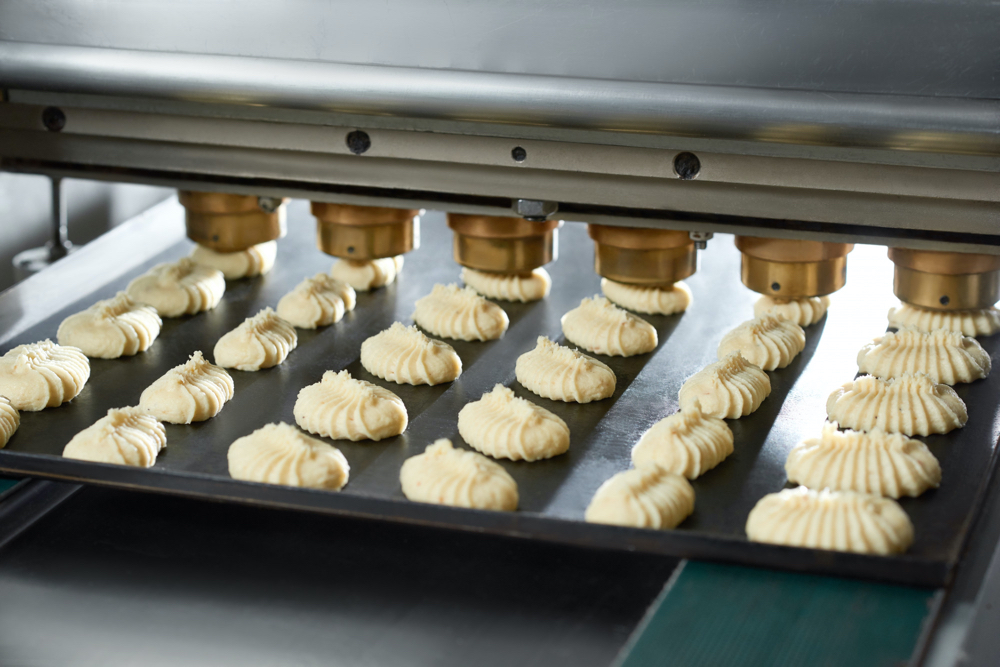
3D Foof Printing(3DFP) finds applications in various sectors:
- Healthcare: creating customized foods for individuals with specific health conditions like swallowing disorders or nutrient deficiencies.
- Pediatric nutrition: producing attractive and nutritious food shapes to encourage healthy eating habits among children.
- Digestive health: incorporating prebiotics and probiotics to enhance gastrointestinal health.
- Nutraceuticals: integrating functional ingredients to create food with health improvement potential.
- Food Allergies: producing tailored foods that exclude allergens, providing safer options for individuals with food allergies or intolerances.
Moreover, 3D Food Printing(3DFP’s) role extends to addressing global challenges like food security and sustainability. It promotes a zero-waste approach and can adapt to alternative and underutilized food sources, contributing to a more sustainable food ecosystem.
The Role in Space and Military Missions
One of the most exciting prospects of 3D Food Printing(3DFP) is its application in space missions and military operations. For instance, NASA is exploring 3DFP to provide astronauts with a variety of nutritious and palatable food options during long space journeys. Similarly, the technology is also being considered for producing tailored military rations on battlefields.
Future: Four-Dimensional Food Printing (4DFP)
The future of food printing is not just three-dimensional. The advent of Four-Dimensional Food Printing (4DFP) introduces a temporal aspect, enabling printed food to change its shape or other properties over time. This innovation could lead to food that adapts its shape, nutrition, or flavor based on external stimuli, making the eating experience more interactive and personalized.
3D Food Printing (3DFP) Revolution
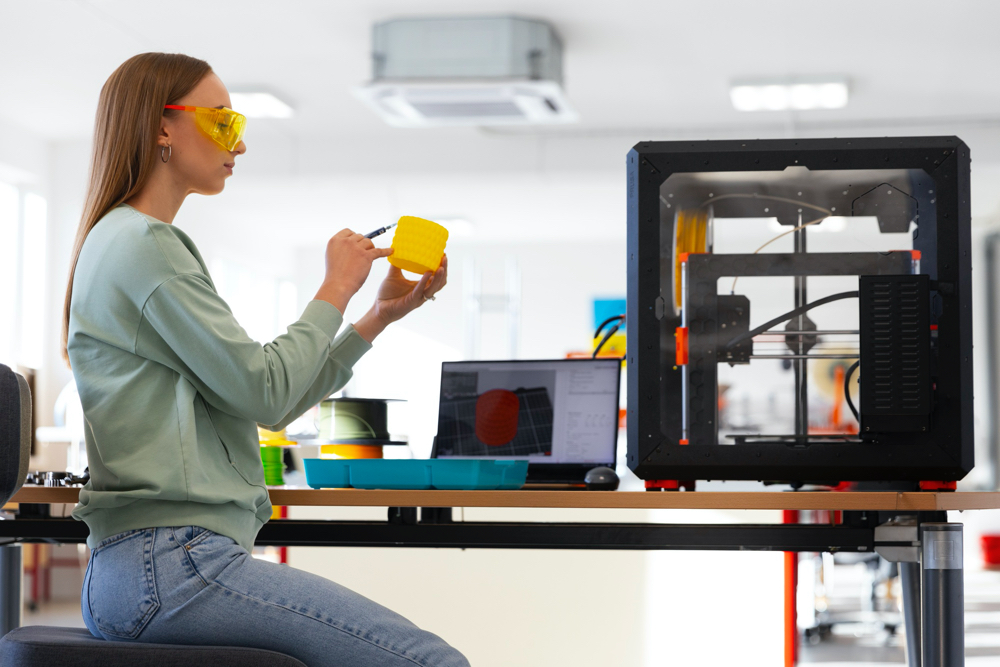
3D Food Printing is revolutionizing the way we think about food, health, and nutrition. From personalized dietary solutions to sustainable food production and futuristic applications in space missions, 3D Food Printing (3DFP) is a source of innovation, driving us towards a more customized, sustainable, and health-focused culinary future.
